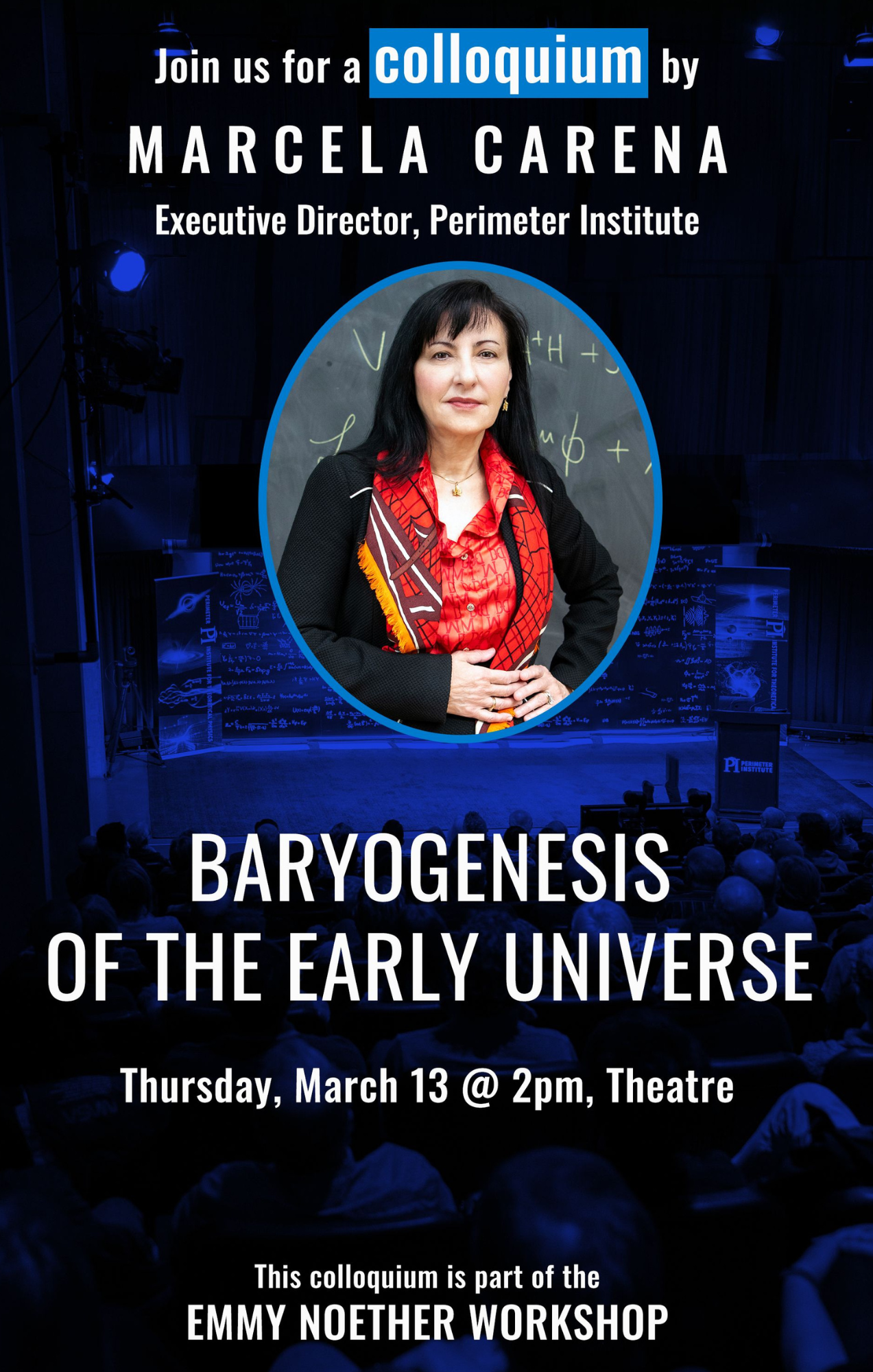1117 - 1128 of 22677 Results
Format results
Predictability is Typical in Gravitational Collapse
Netta Engelhardt Massachusetts Institute of Technology (MIT)
My journey from quantum coordinates to quantum reference frames
Katarzyna Rejzner University of York
Combinatorial interpretation of the causal set d'Alembertian
Karen Yeats University of Waterloo
Baryogenesis of the Early Universe
Marcela Carena Perimeter Institute for Theoretical Physics
Reflections on the black hole information problem
A.W. Peet University of Toronto

